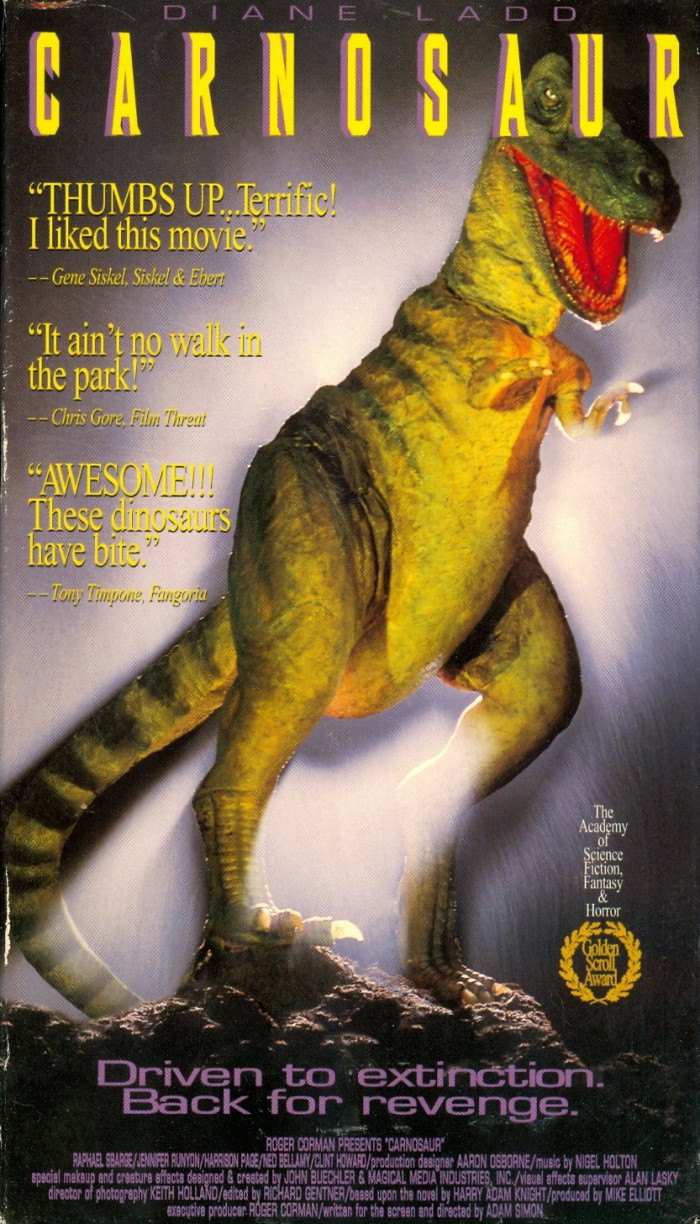The ups and downs of coffee addiction
Anyone who has worked with customers has stories. When you’re the one trapped behind the counter, the tray, or the phone, there are more than a few people waiting to take advantage of your good nature. Some customers develop an exaggerated sense of entitlement. Every day managers are faced with talking their employees down, urging them to have compassion for those who spew venom all over the staff: think of how bad they must feel, what their home lives must be like, how unhappythey must be.
Arrogant, demanding and rude, there are some people who just shouldn’t be customers. Maybe it is part of our American conditioning (think: all men are created equal) that some of us find it particularly difficult to accept abuse, even though our jobs sometimes require it. Take this situation and add to it the element of addiction, and in this case addiction to a known stimulant that has the effect of intensifying irritability.
When you combine customer crabbiness with addiction, the situation is amplified. If you are pondering the last interaction you had with your neighborhood barista, it might be revealing to consider the quality of the jolt you received from your most recent caramel latte. How potent was your last cup of joe?
What I am about to reveal may not actually happen, but I have it from two anonymous sources, one from Portland, the other from Seattle, that a particular strategy has been used by baristas who are confronted with consistently crabby coffee customers: PDL, or Permanent Decaf List.
When asked why he did what he did, my Portland source said he chalked it up to concern for his customer’s health. He reasoned that caffeine is a powerful stimulant and his irate customer had developed an addiction. He came to this conclusion based on his customer’s demonstrated inability to control her temper. The server, rather altruistically by his telling of things, would slip decaffeinated coffee instead of the good stuff to irate customers.
To justify switching regular for decaf, my source claimed that he was merely doing what his addicted customer could not. In his mind, he was acting in his customer’s best interest, hoping that putting her on the PDL would have the effect of alleviating her outward projections of anger and bitchiness. When pressed, however, my source admitted that, over time, this practice had become a fun and harmless way to get revenge, and that every now and then, the staff would restore this particular customer’s dosage to exactly what she had ordered, as sort of an experiment.
I have been unable to confirm the continued use of this practice by anyone still in the service. Put simply, it has been known to happen, and my sources, thank goodness, have since changed professions.
Caffeine is believed to be the most commonly used mind-altering drug in the world. Humans have used caffeine for thousands of years in social interactions and for its pleasing mental affects. Caffeine increases heart rate, blood pressure, frequency of urination and the rate of secretion of stomach acids. When large amounts of caffeine are consumed, irritability, insomnia, mood swings, headaches and heart irregularities can occur. Caffeine is also said to leech calcium from the bones, cause weight gain, affect blood sugar levels and heart rate. Over time the body builds a tolerance to caffeine, requiring more in order to achieve the same effects. It takes four to six hours to metabolize, meaning some people may take as long as six hours for their bodies to completely get rid of the cup of the day. As with any drug, caffeine’s effects vary by individual, but it is generally agreed that regular caffeine users experience symptoms of withdrawal such as headache, depression and fatigue when they abruptly discontinue use.
We feel caffeine because it changes the levels of four of our body’s hormones: adenosine, adrenaline, cortisol and my personal favorite, dopamine. To the brain, caffeine looks just like adenosine. When you drink coffee, caffeine moves in on adenosine’s spot in the brain preventing any further conversation between the two. This is sort of like when you (adenosine) get up from the bar to go to the ladies’ room, and your twin sister (caffeine) steals your seat, which was right next to the great guy you were talking to (the brain), and henceforth, shuts you (adenosine) out completely. Then they go on a date for about four to six hours.
All of this causes extra activity in the brain and increases production of adrenaline. This is our famous "fight or flight" hormone. It puts us on the edge of our seats and ready for action. Caffeine is also said to increase production of the hormone cortisol. Cortisol is my least favorite hormone because cortisol is responsible for "muffin top."
And last but certainly not least, there is dopamine. Caffeine causes your system to be flooded with dopamine. Dopamine is the happy hormone giving you a sense of euphoria when its levels are high in your system. You’ll also know when it’s gone because you start to feel “low.”
As I take a sip of my wonderfully warm and soothing pumpkin spice latte, I don’t want to think about what this substance is doing to my body. Right now I need it to magically whisk me through the rest of my reading in time for class. That’s all. Could I be an addict? Perhaps. Will I be nice to my barista? You betcha. One thing is clear: I picked the wrong week to give up caffeine.



